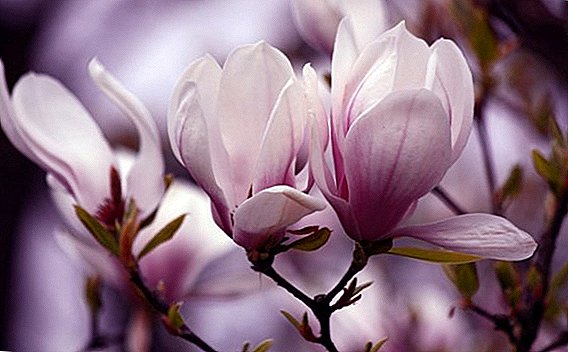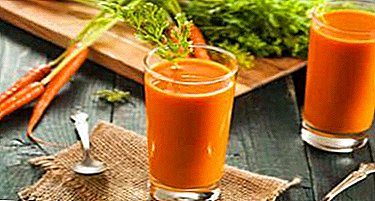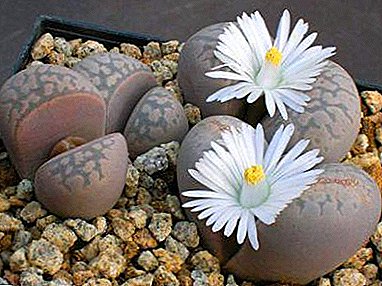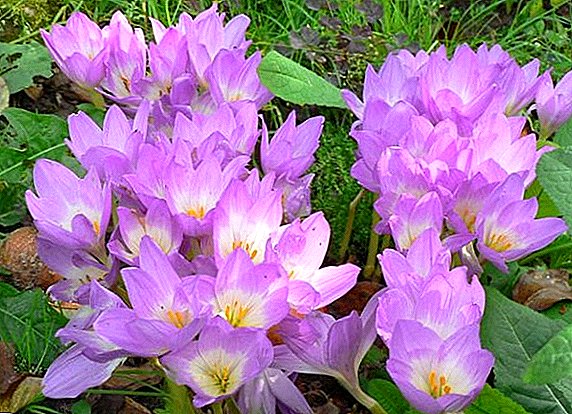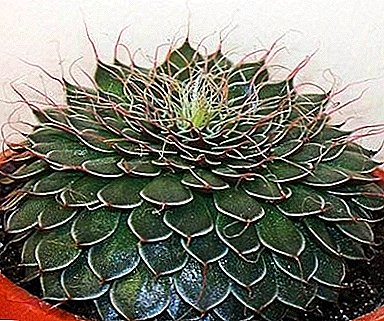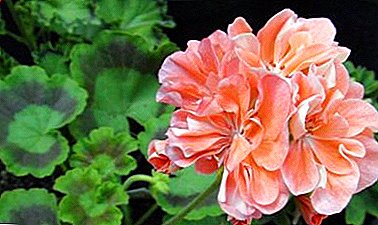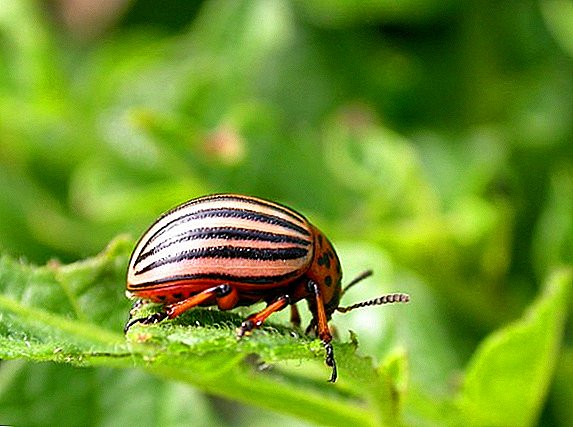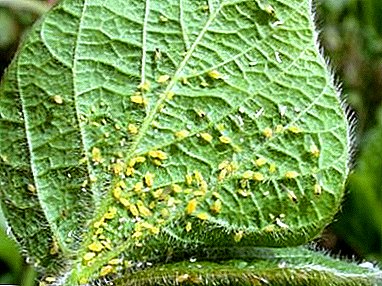
Aphid attacks on cucumbers in the second half of summer. Insects colonize the lower part of the leaves, flowers, ovaries. Infected plants are easily identified by twisted leaves and fallen flowers.
Warm summer months create ideal conditions for the appearance of aphids in greenhouses and garden plots. The family of these pests multiplies rapidly and causes damage to the crop in a short time. The danger of an aphid invasion is also that this insect can tolerate viral diseases that are almost not treatable. What to do if aphid appeared on cucumbers? The best methods and ways to combat this pest are described in this article.
Kinds
Cucumbers are a favorite delicacy for several types of aphids of the following types:
- Especially loves them melon aphid. The pest has a green color: it is difficult to spot it immediately on cucumber leaves and stems.
- Other types of the parasite infecting cucumbers are united by one name - black aphid. The color of these pests varies from dark green to brown.Aphid prefers amino acids and carbohydrates contained in all parts of the bush and juice.
More details about different types of aphids can be found in this material.
Harm
The usual aphid attack time is the second half of the summer, since the pest begins active reproduction in July. Located in the colonies on the underside of the cucumber leaves, the melon aphid feeds on juice (in more detail about what aphids feed on in nature, you can find out here).
 The bushes begin to lose strength, the leaves turn yellow and curl, the growth of cucumbers slows down. Not less harm to cucumbers does black aphid. Voracious family affects almost all parts of the plant:
The bushes begin to lose strength, the leaves turn yellow and curl, the growth of cucumbers slows down. Not less harm to cucumbers does black aphid. Voracious family affects almost all parts of the plant:
- stem;
- foliage;
- inflorescences;
- ripening fruits.
A young plant, attacked by a colony of aphids, is not able to develop and give the ovary. Most of the cucumbers die.
Cucumbers suffer from the aphid invasion not only in the open field, but also in the greenhouse. Insect excreted, sugary juice (pad), glues cucumber leaves and is a good bait for other garden pests.
Where does it come from and why?
Adults of aphids do not tolerate frost, but its larvae can survive the winter. For winter conditions, the pest usually selects weeds. The most comfortable place for nesting is basal leaves. Together with contaminated soil, aphids can get into the greenhouse.
Ants living in symbiosis with aphids also contribute to the survival of aphids. Insects can coexist both in anthills and in the nests of ants, which they arrange in greenhouses and greenhouses (for more information about the symbiosis of ants and aphids, you can find in this material).
In order for the aphid to start waking up from a winter sleep, it is enough to raise the air temperature to the mark of +5 degrees. Insects actively breed, feed on grass. By the time the cucumber seedlings are planted, the aphid is moving into a new stage of development - it has wings. Having acquired flight qualities, colonies of aphids go in search of fresh food. Young cucumber planting - a tasty morsel in the diet of pests.
Ants contribute to the further spread of wingless aphids along vegetable plantations.. They are attracted to sugary juice.
Pest Control
 How to deal with aphids, if it appeared on the bottom of the leaves on the cucumbers that grow in the greenhouse? In the fight against pests, it is important to take into account the time factor, since this voracious insect can destroy most of the cucumber plants in just 7-8 days. With the pest can be fought with both folk remedies and affordable chemicals of industrial production.
How to deal with aphids, if it appeared on the bottom of the leaves on the cucumbers that grow in the greenhouse? In the fight against pests, it is important to take into account the time factor, since this voracious insect can destroy most of the cucumber plants in just 7-8 days. With the pest can be fought with both folk remedies and affordable chemicals of industrial production.
Folk ways than to treat the plant from the pest
The general goal of using all popular recipes is that the pungent smell of the components deters the pest from planting. Soap, pepper, horseradish and other products make the leaves unsuitable for food, the plant louse dies or leaves the plants. Also, another similarity of means - effectiveness only with a small number of pests.
| Components | Cooking | Application, processing |
| Water and soap | To prepare the solution you need 1 liter of water and 2 tbsp. liquid soap. |
|
| Pepper | Take 2-3 finely chopped hot peppers (you can chilli), draw them in a bucket of water. If the plant louse has already filled the garden, then 40 g of soap, 2-3 drops of iodine and 150 g of wood ash can be added to the solution. | Processing is done after sunset, spraying the solution on the stems and upper leaves. It is important to ensure that the fluid does not get to the root system. |
| Garlic | 500 g chopped garlic pour 3 liters of water. To insist in the bank, closed the lid for 5 days. | Strain mixture, treat infected aphids and healthy bushes. |
| Mustard | Pre-insist 10 g of mustard powder, dissolved in 1 liter of water. Then add 800 ml of water to the resulting solution. | Using a spray bottle, spray all the cucumber bushes. |
| Celandine | The plant has a poisonous juice, so you need to work with it with gloves, and after use, use the container and knife after use with soapy water and clean water. For the solution will need 100-150 g of fresh grass or 300 g dry. Chopped celandine pour 10 liters of water, cover tightly, leave to stand in the sun for 2 days. | Strain and spray bushes with a spray gun. |
| Yarrow | To start preparing a concentrated infusion. To do this, dilute 900 g of fresh grass and 2 liters of boiling water in a container. Cover and wrap a thick towel for an hour. The resulting infusion diluted with 10 liters of water. | Use 1 liter of infusion per 1 square meter of cucumber plantations. |
| Tobacco | To prepare a solution of 400 g of tobacco or tobacco pour hot water. Insist 2 days. | Before processing, 80-100 g of household or tar soap are added to the solution. |
| Potato or tomato tops | To prepare the solution using side shoots and weak twigs. On 1 bucket of cold water it is required from 2 to 3 kg of greens. Need to insist under the lid 24 hours. | Spray the leaves. |
| Horseradish | For the preparation will need 7-8 roots of the plant. Finely chop, pour 3 liters of warm water. After 3 hours, the resulting infusion is drained, and the remaining oil cake pour water and insist another 3 hours. The resulting infusions are mixed in one concentrate. | Infusion of horseradish cucumber leaves can be sprayed and gently wipe. Before treatment, dilute with water (1 cup of solution for 5 liters). |
| Wood ash | In a bucket of water, stir until fully dissolved 3 tbsp. spoons of wood ash powder and 100 g chopped laundry soap. | Spray the plantings. |
Any gardener should know how to put aphids on cucumbers, how to deal with this pest when planting in open ground and in the greenhouse, what drugs to use.
Nettle, wormwood, lavender and sage are also suitable for herbal remedies.
For greater effectiveness, 5 drops of green or iodine can be added to herbal infusions, as well as 2-3 crystals of manganese. It is necessary to carry out the processing of aphids 1-2 times a day..
More information about folk remedies for aphids can be found here.
Chemical and biological
What and when to process cucumbers? It is possible to add chemicals only in the period when there are no cucumber ovaries. Industrial products are toxic to bees, so they should not be used during pollination.
The most effective chemicals include:
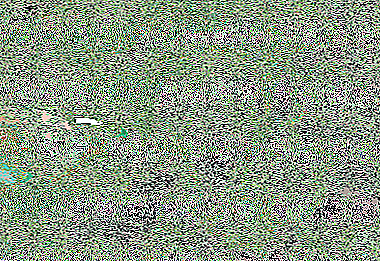 Commander - water soluble concentrate.
Commander - water soluble concentrate.- Corado - effective against aphids and colorado beetles. The protective effect after treatment lasts another 3-4 weeks.
- Aktara - already on the second day after spraying the pests die. For new insects, plant juice becomes poison.
You can also use Peretrium, Inta-Vir, Spark Bio, Fitoverm. Biological methods consist in attracting other insects - the enemies of aphids. This option will be more effective for preventive purposes. For example, if a small peat slides are spread around a plot, it will attract gall midges that love to feast on. By planting dill or mustard on the beds, you can attract a ladybird - a natural enemy of aphids. You can read more about ladybugs here, and about other helpers in the fight against aphids can be found in this material.
- How to get rid of aphids on pepper?
- How is the struggle with aphids on fruit trees?
- What to do if aphids started on your favorite roses?
- Tips experienced gardeners to combat green apple aphids and its other species.
- How to effectively deal with aphids on currants?
- How to permanently get rid of the insect in the garden area?
Preventive measures
Some simple steps will help protect cucumber plantations from aphid attacks. Secrets against aphids:
- Proper care and growing technology. It is important to monitor the balance of water and light, to air the greenhouse or greenhouse, to moderately feed.
- Along the perimeter of the beds or greenhouses, you can plant plants that will scare away aphids with their smell. This garlic, onions, chamomile flowers, calendula or marigold.
- To prevent the appearance of aphids in the greenhouse, the soil must be replaced in the fall.Land for replacement is suitable from those parts of the garden where cucumbers and melons and gourds were not grown before.
- Before planting, check the greenhouse (greenhouse) for the presence of ant nests and, if necessary, destroy them.
- Lime all wooden elements inside the structure. Glass greenhouses thoroughly wash with a solution of copper sulfate.
So, the aphid invasion is a dangerous but solvable problem. With the pest can and must be fought. The effectiveness of the fight against aphids depends on an integrated approach.. Preventive measures and effective remedies will lead to the desired result.


 Commander - water soluble concentrate.
Commander - water soluble concentrate.